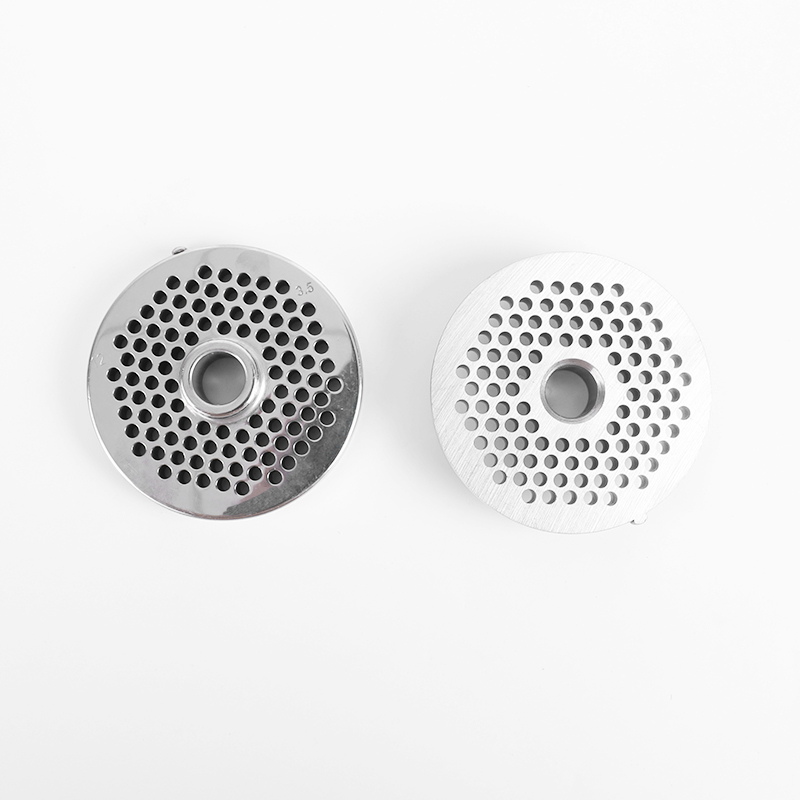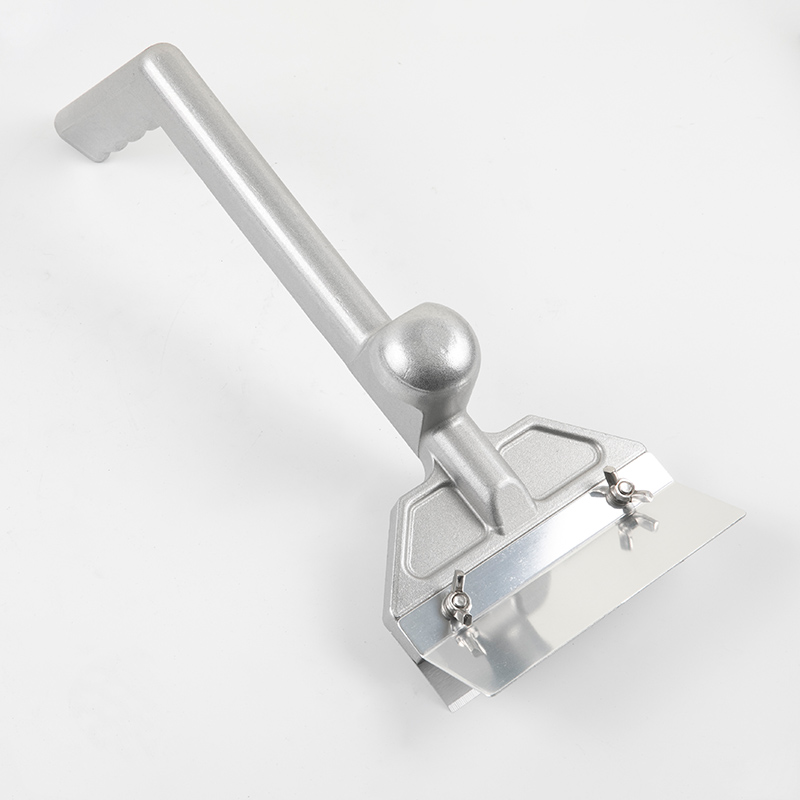Cutter can be divided into five categories according to […]
Cutter can be divided into five categories according to the form of workpiece surface. Tools for processing various external surfaces, including turning tools, planers, milling cutters, external surface broaches and files, etc.; hole processing tools, including drills, reamers, boring tools, reamers and internal surface broaches, etc.; thread processing Tools, including taps, die, automatic opening and closing thread cutting heads, thread turning tools and thread milling cutters, etc.; gear processing tools, including hob, gear shaper, shaving cutter, bevel gear processing tools, etc.; cutting tools, including inserts Circular saw blades, band saws, bow saws, cutting turning tools and saw blade milling cutters, etc. In addition, there are combination tools.


According to the cutting motion mode and the corresponding blade shape, the tools can be divided into three categories. General-purpose tools, such as turning tools, planers, and milling cutters (excluding forming turning tools, forming planers, and forming milling cutters), boring tools, drills, reamers, reamers, and saws, etc.; forming tools, cutting edges of such tools It has the same or nearly the same shape as the workpiece to be processed, such as forming turning tools, forming planers, forming milling cutters, broaches, conical reamers, and various thread processing tools; Tooth surface or similar workpieces, such as hob, gear shaper, shaving cutter, bevel gear planer and bevel gear milling cutter disc, etc.
Tool materials are roughly divided into the following categories: high-speed steel, cemented carbide, cermets, ceramics, polycrystalline cubic boron nitride, and polycrystalline diamond.
I mainly mention ceramics, ceramics used cutting tools earlier than cemented carbide, but due to their brittleness, the development is very slow. However, since the 1970s, it has achieved relatively rapid development. There are two main types of ceramic tool materials, namely alumina and silicon nitride. As a tool, ceramics have the advantages of low cost, high hardness, and high temperature resistance, and have a good prospect.
Copyright © Fenghua Zhuoyue Metal Products Co., Ltd. Rights Reserved. Support by: HWAQ
Location: No.238,Huimao Road,Jiangkou Street,Fenghua ,Ningbo City ,Zhejiang Provience ,China
Phone: +86 13805834365
Email: [email protected] China Meat Grinder Knifes Manufacturers

